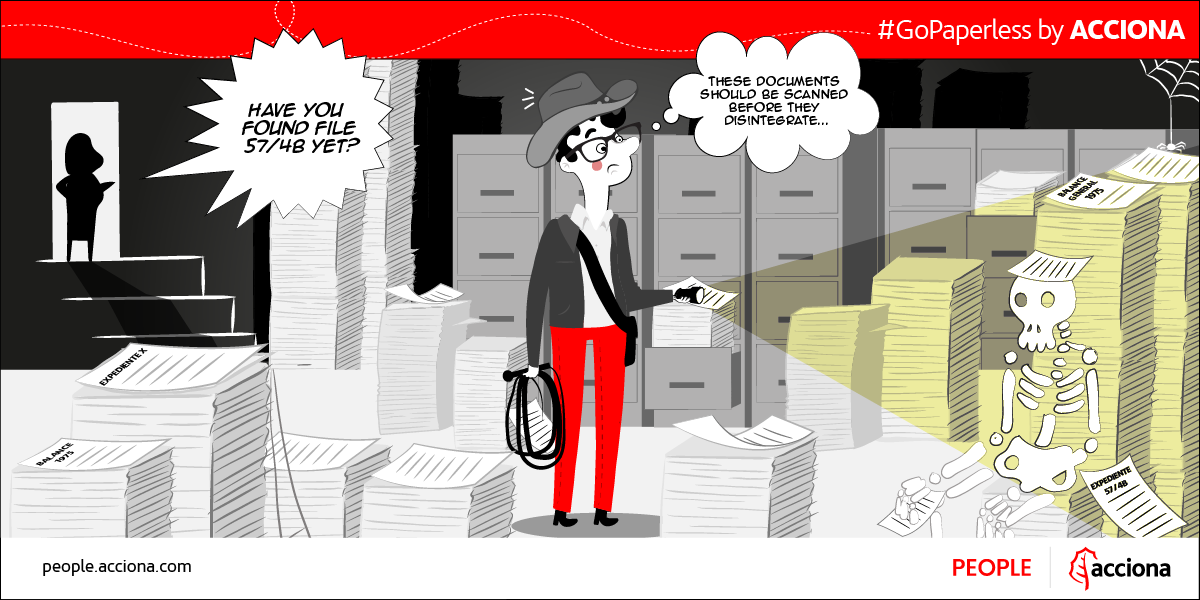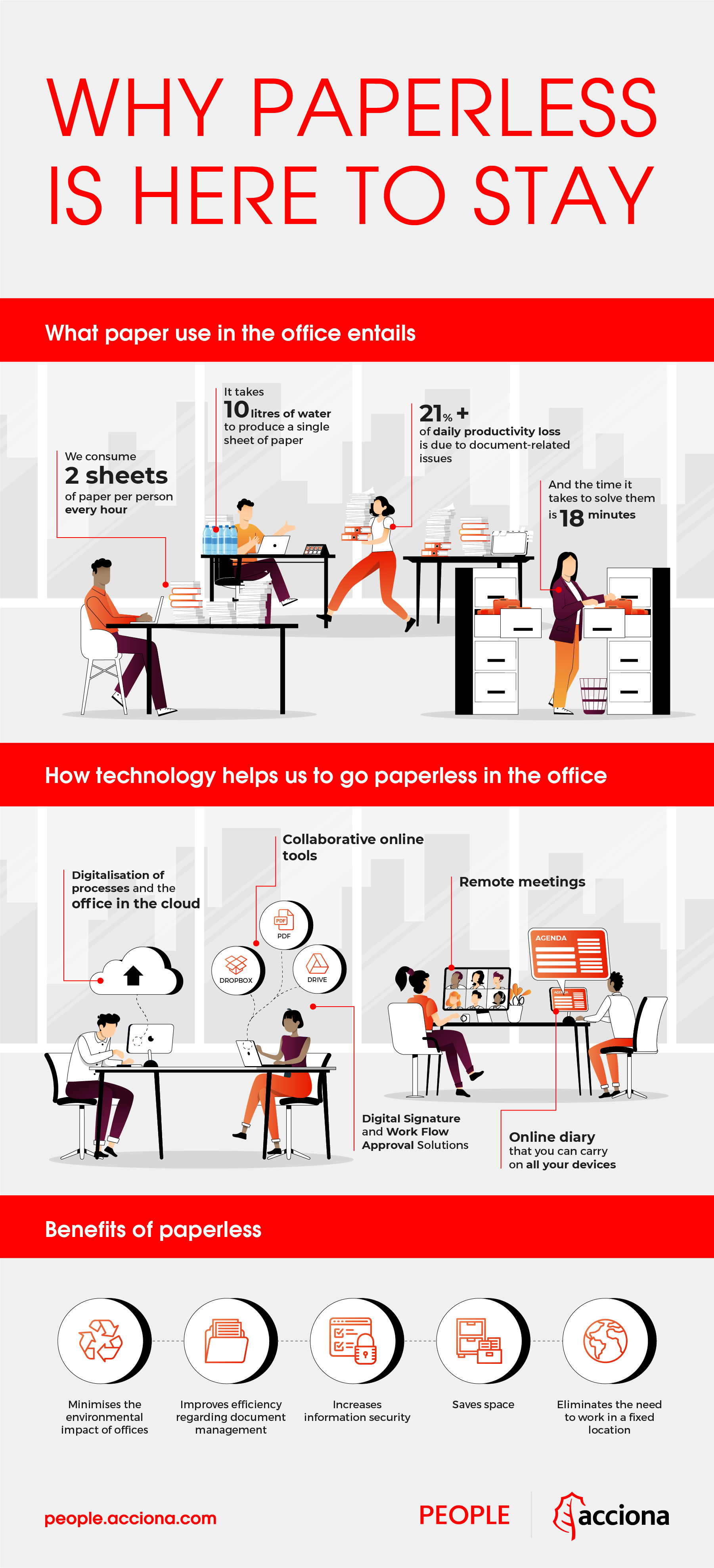A life cycle that is too costly
Focusing on the use of paper, charcoal, graphite or clay mines have for decades facilitated its recycling. Even the impact of monochromatic ink, which we have been using since 400 BC, with countless variations, was relatively well absorbed. But then came resins of fossil and synthetic origin, which cannot be described as environmentally friendly by any stretch of the imagination. And then there were the pigments, which are the cause of the highest level of pollution because they are composed of heavy metals such as cadmium, lead and mercury.
Fortunately, institutions such as the European Ink Association (EUPIA) became aware of the looming disaster and went so far as to expressly prohibit its use. The limitations worked. And they led to the appearance on the market of plant-based alternatives of renewable origin and water-based inks whose Volatile Organic Compounds (VOCs) do not reach 1%.
But there was still another tsunami wave to hit. In the early 2000s, printers moved from being specialised office supplies to become one of the most common electronic stationery devices in households around the world. And with it, the proliferation of ink cartridges that include, in addition to plastic and inks, electronic components. In Spain alone, 32 million units are used each year.
A sufficient volume to take action on the matter and dedicate specific clean points to facilitate their recycling, as has been the case for years in some European countries such as France.
The evolution is positive. In 2019, the last year before the pandemic, Spaniards recycled 4,417,500 tonnes of paper and cardboard. According to the Spanish Association of Pulp, Paper and Cardboard Manufacturers (Aspapel), these figures would be equivalent to 44 large football stadiums filled to capacity; and the collection rate (i.e. paper collected for recycling as a percentage of total paper consumption) is 64.3%.
The problem is that not all paper can be recycled. In this group we find fax paper, photographic paper, self-adhesive paper…
With all these data, the maxim we pointed out at the beginning of this article is consolidated: paperless is about reducing paper use, not recycling paper.

